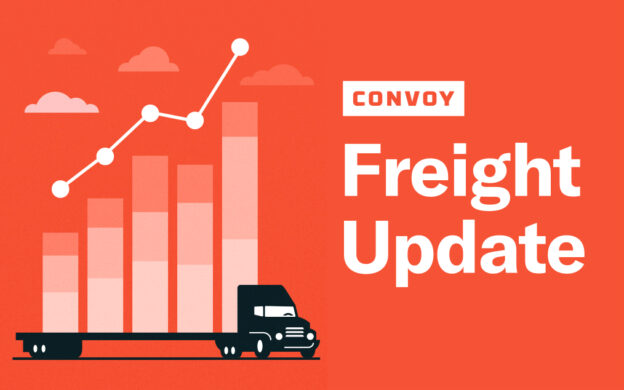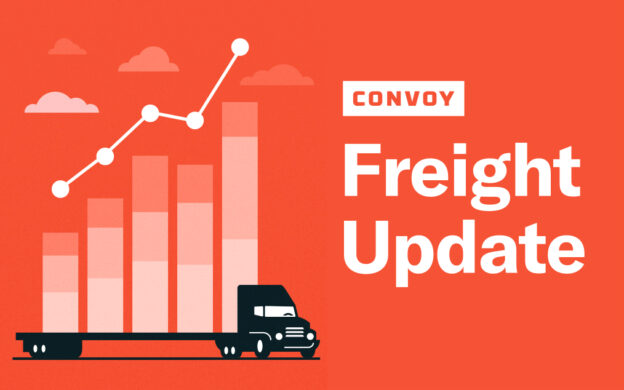What will happen to 300,000 package delivery drivers in 2021?
Freight Research • Published on January 8, 2021
With 2020 squarely in the rear view mirror, the freight industry is now firmly on the down slope of the long-feared parcelpocalypse (my term) or packagemaggedon (other peoples’, better, term). The tail end of returns will continue to work their way through the system, and the combination of new mobility limitations plus late December’s fiscal stimulus could spur a late surge in online spending. However, the system is clearly easing back from the abyss.
December employment data released this morning by the Bureau of Labor Statistics (BLS) provide the most official view yet of how the freight industry responded to a record holiday season for online shopping. Employment (seasonally adjusted) increased 3.6% from November at package delivery firms, but fell 0.5% over the month at trucking companies.
Two questions from the December data cast a long shadow over 2021.
First, why have employment gains at trucking firms been so sluggish against the backdrop of such eye-popping capital investment (i.e., truck orders) numbers?
Despite six months of consistently strong freight demand during the back half of the year, trucking firms ended 2020 with 43,000 (2.8%) fewer headcount than at the start of the year. By contrast, Class 8 Truck Orders reported earlier this week by ACT Research hit 50,900 in December, slightly lower than November but more than double their year-earlier level.
Of course, the official BLS numbers don’t include owner-operators or private fleet drivers, and do include office/support workers at trucking companies. Accounting for these omissions, my own estimates suggest that the total number of truck drivers ended the year down 69,000 (2.2%) from December 2019 — still a very different story from what we’re seeing in truck orders.
(Company drivers are furthest from pre-crisis employment levels; owner-operators and office/support workers are approaching where they were at the end of 2019. Private fleet employment is well below pre-crisis levels, driven by drivers shed from the oil extraction industry.)
Second, what does the future hold for the nearly 300,000 new parcel/last-mile delivery drivers who were trained and onboarded in recent months for the (normally seasonal) holiday shopping surge? Employment at these package delivery firms is up 27% from December 2019. The seasonal hiring surge started in September, about two months earlier than typical.
Over the past few years, last mile employment has fallen anywhere from 20% to 25% between December and February. Even if demand for last-mile delivery remains elevated as the economy returns to normal — and that’s a big if — there is going to be a big drawdown in driver delivery jobs over the next two months. Historically, some of these drivers have found their way into truck transportation and could be a key to filling those bumper new truck orders in the months ahead.
View our economic commentary disclaimer here.


